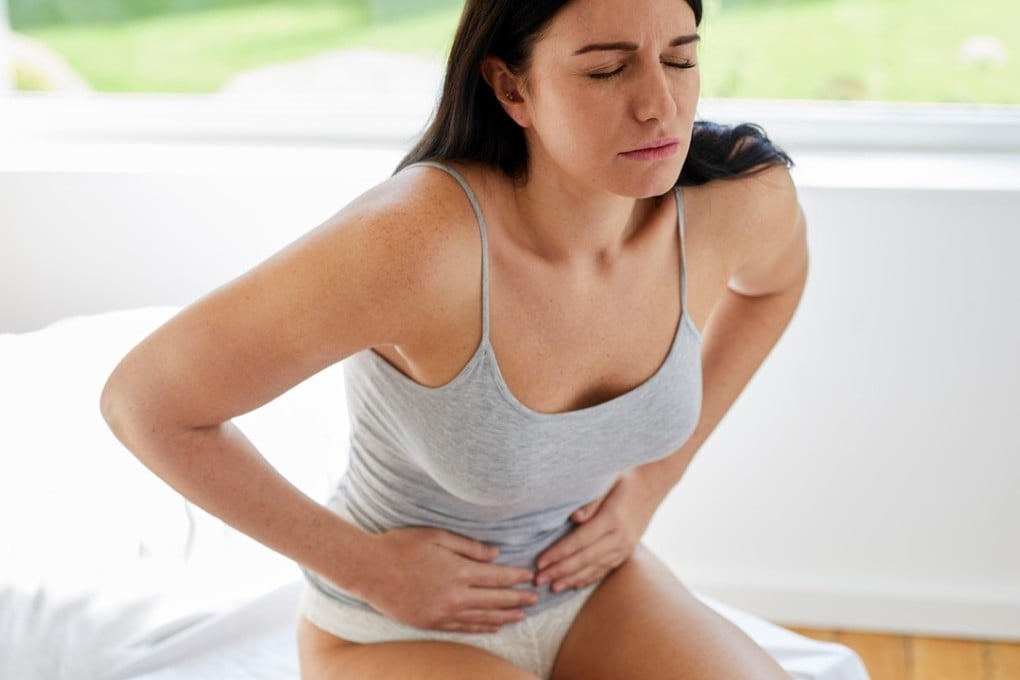Period pain: what it is, its causes and what you can do to alleviate it
Most women have experienced varying degrees of period pain, and for some it is a monthly nightmare agony. Experts explain the causes, what to avoid and various methods available to lessen the pain

Many women reading this piece will have experienced the pain that arrives like clockwork each month with the arrival of their period. Estimates vary, but could be as high as 95 per cent of women, and as many as half of those could have suffered badly enough to seek medical help.
It is prompted by a completely normal occurrence, once a month, every month throughout a woman’s fertile life. Period pain – or dysmenorrhoea, derived from the Greek words dys, meaning difficult, painful, abnormal; meno, month; and rrhea, to flow. Dysmenorrhoea can occur a few days before menstruation as well as during a period, but usually subsides as it ends.

Just before a woman’s period begins, the endometrial cells – the cells that form the lining of the uterus – begin to produce large amounts of prostaglandins, hormones that constrict the blood vessels in the uterus and make its muscle layer contract, causing the painful cramps women know so well, cramps that make us reach for pain relief tablets and hot-water bottles.
Prostaglandin levels are at their highest just before and during the first couple of days of menstruation, and there may be pain in the abdomen, lower back and the tops of the thighs. There may also be bad headaches.
